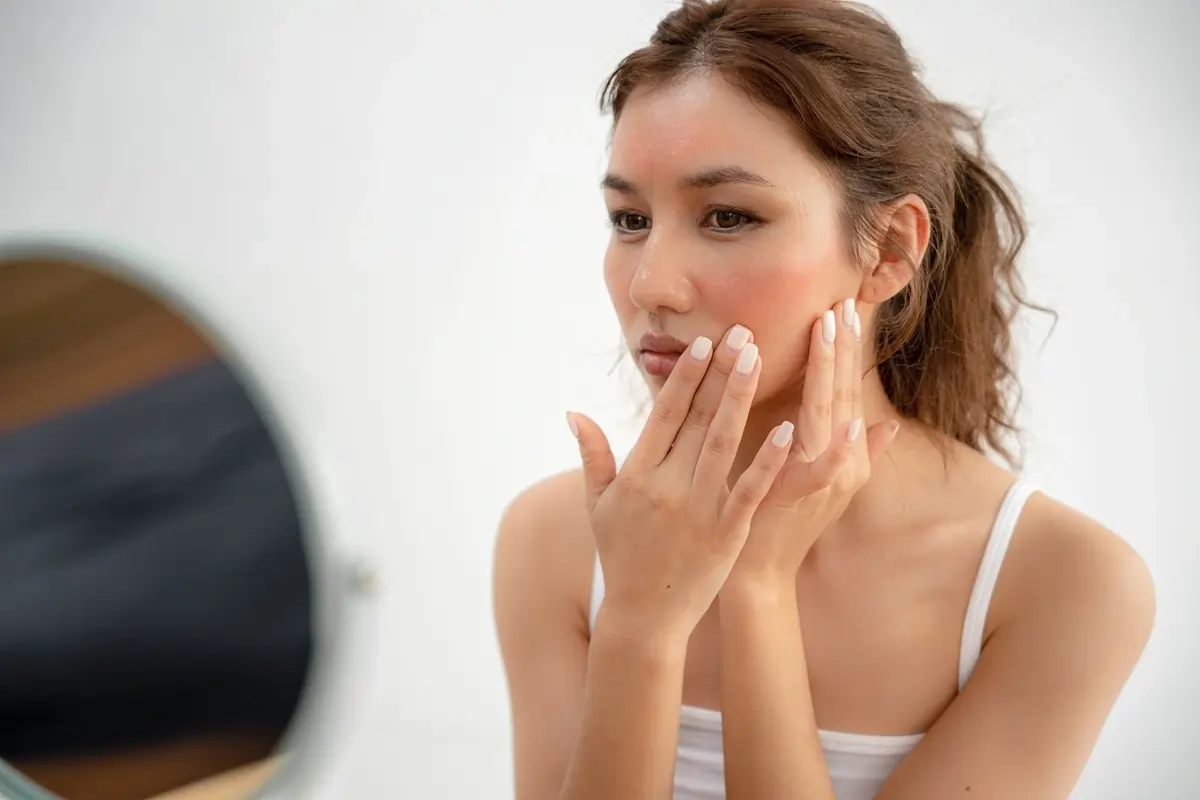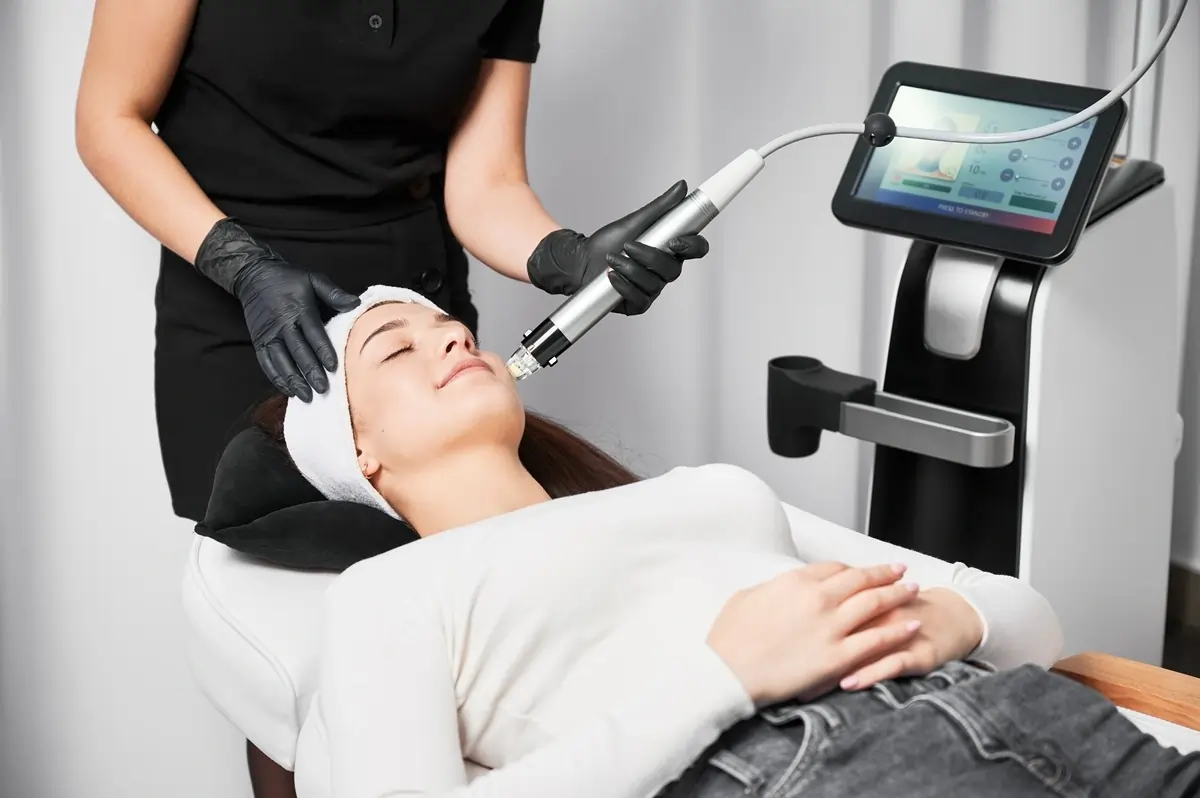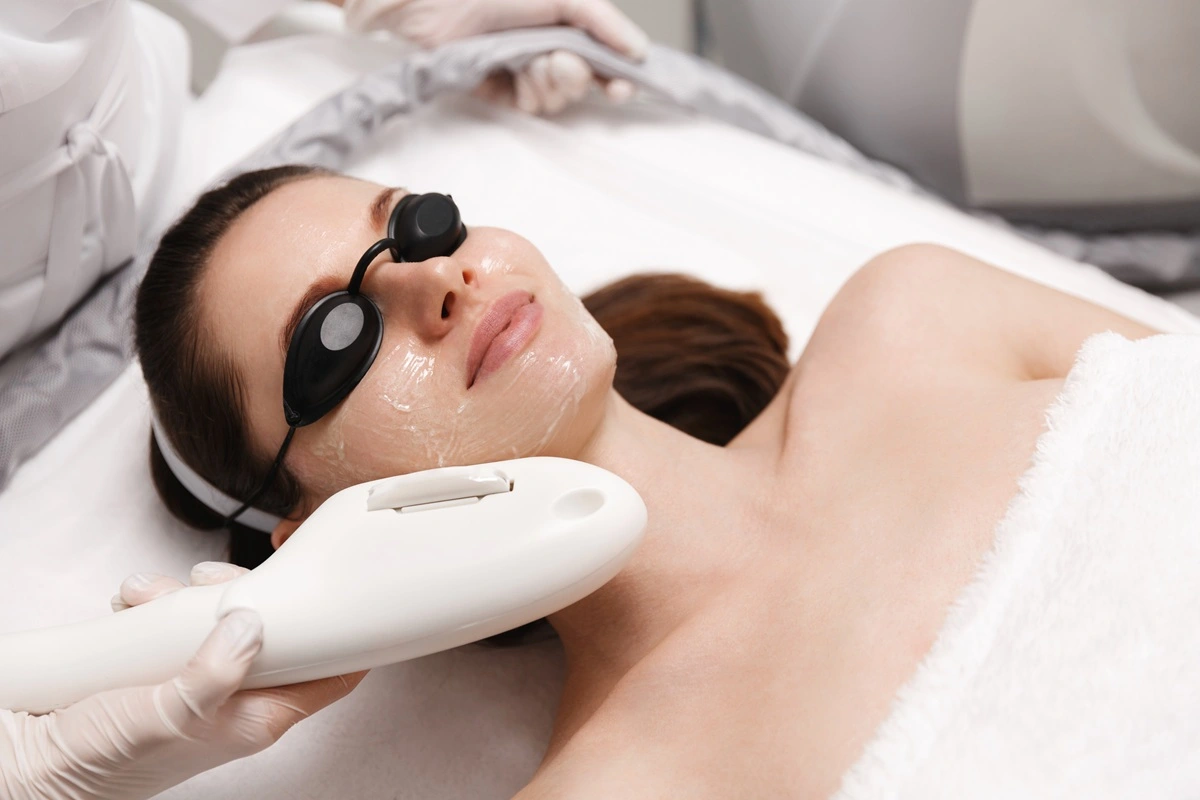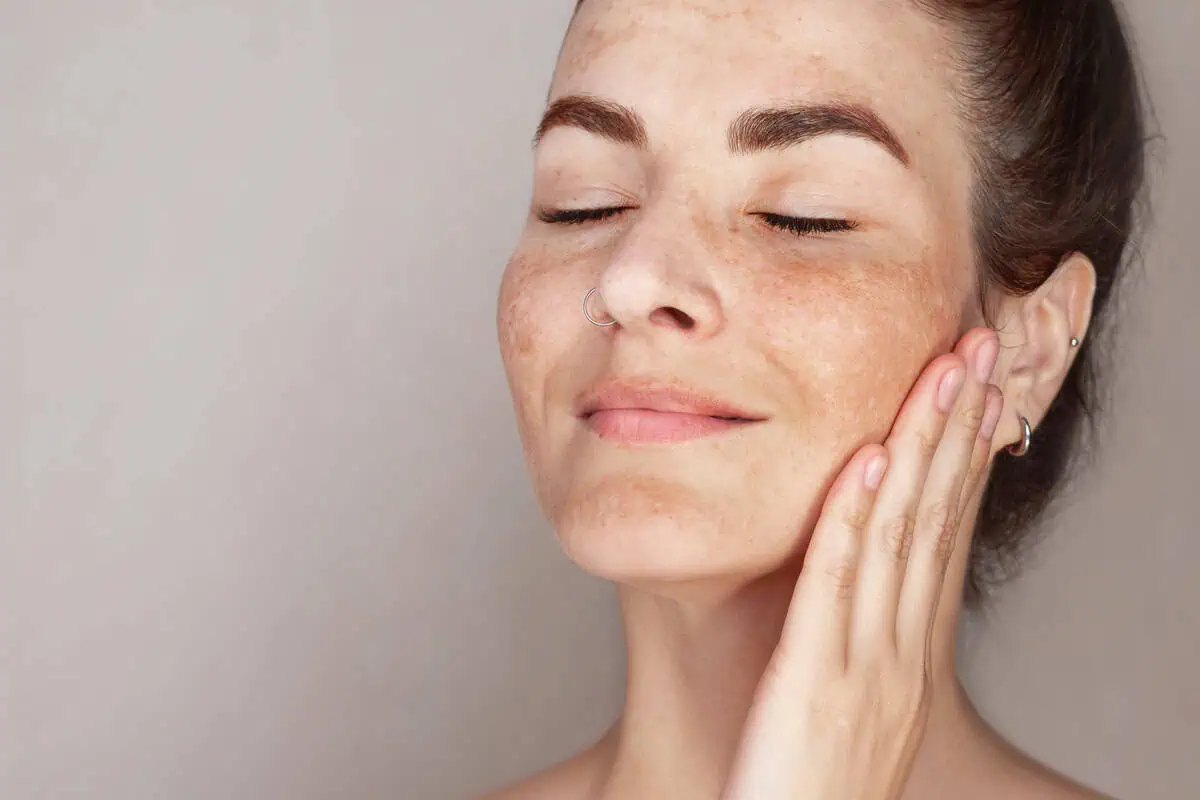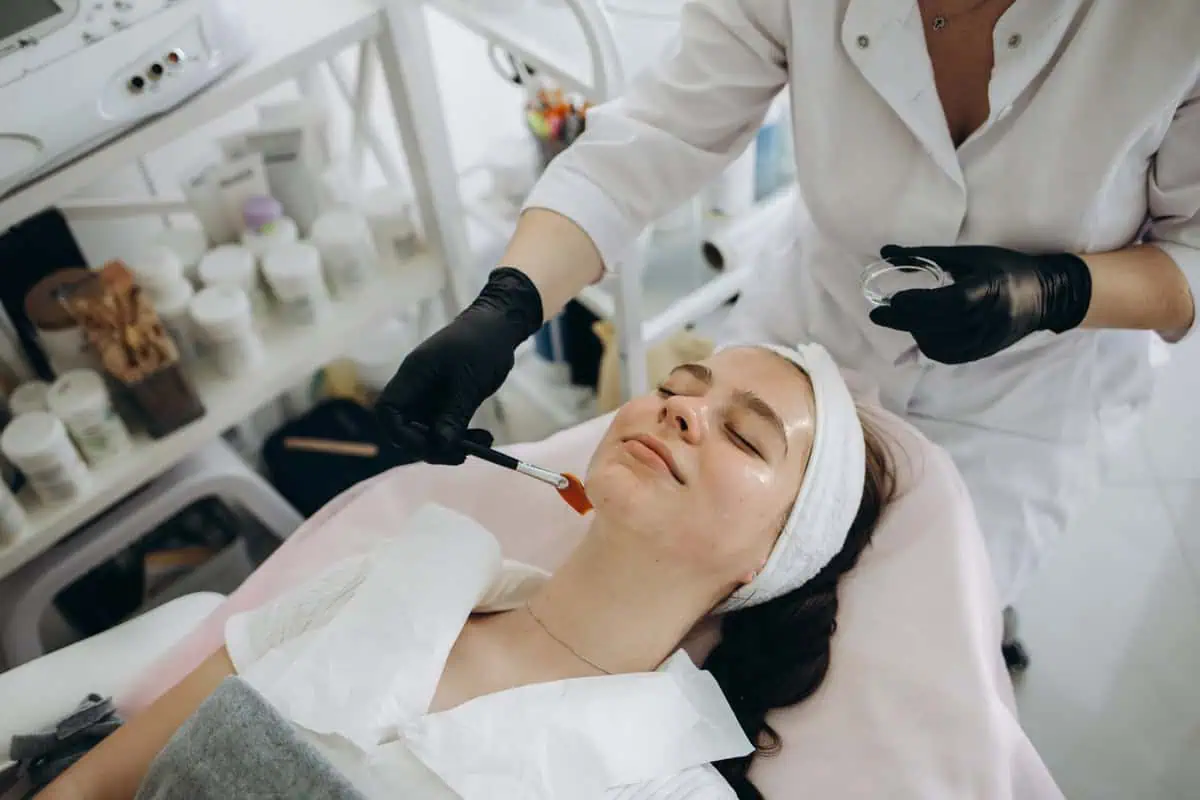Table of Contents
Hyperhidrosis, or excessive sweating, is a condition that challenges many, impacting daily activities and confidence. In the search for effective treatments, Botox emerges as a promising solution. Traditionally known for its cosmetic applications, Botox’s role in managing hyperhidrosis is based on its ability to block the signals that trigger sweat production. This treatment, targeting areas like the underarms, hands, and feet, offers relief to those who have found little success with conventional methods.
Understanding Hyperhidrosis
Hyperhidrosis is a condition characterized by excessive sweating, significantly surpassing the body’s need for cooling. This overactivity in sweating can be attributed to the eccrine sweat glands, which are distributed throughout the body but are most concentrated in areas like the palms, soles, and armpits. These glands are responsible for thermoregulation, helping to maintain body temperature by releasing sweat, which cools the body as it evaporates from the skin’s surface.
Normally, the body activates these sweat glands in response to heat or stress as part of the fight-or-flight response. However, in individuals with hyperhidrosis, this system is in overdrive, producing sweat that far exceeds the necessary amount for cooling or stress response.
Hyperhidrosis can be categorized into two types: primary focal hyperhidrosis, where excessive sweating is localized to specific areas without an identifiable medical cause, and secondary hyperhidrosis, which is excessive sweating across a larger area of the body and is usually a symptom of another underlying condition.
How Botox Helps with Hyperhidrosis
Botox, scientifically known as OnabotulinumtoxinA, effectively treats hyperhidrosis by targeting the body’s sweat production at its source. This treatment exploits Botox’s ability to temporarily block the neurotransmitter acetylcholine. In hyperhidrosis, the interruption of acetylcholine is crucial because this neurotransmitter plays a key role in activating the sweat glands. When Botox is injected into the affected areas, it prevents the release of acetylcholine, thereby reducing or halting sweat production in those locations.
The procedure involves injecting small amounts of Botox just below the skin’s surface in the targeted areas, such as the underarms, palms, soles of the feet, or forehead. These injections are relatively shallow and cause minimal discomfort. The effect of these injections starts to become noticeable within a few days, with the full impact typically observed within two weeks. The reduction in sweating can last for several months, offering significant relief to individuals who have hyperhidrosis.
This mechanism of action does not affect other bodily functions or the overall ability to regulate body temperature. Since only a small percentage of the body’s sweat glands are targeted by the injections, the body’s overall cooling mechanism remains intact. The treatment offers a temporary but long-lasting solution, with the possibility of repeated treatments to maintain the benefits over time.
Benefits of Botox Treatment for Hyperhidrosis
The benefits of Botox treatment for hyperhidrosis relief are significant and varied, addressing both the physical and psychological aspects of the condition:
- Substantial Reduction in Sweating: Clinical studies show that Botox leads to an 82-87% decrease in sweating in treated areas, offering profound relief for those afflicted.
- Lasting Effects: The reduction in sweating post-Botox treatment can last from 4 to 12 months, and in some cases, even up to 14 months, providing a long-term solution for excessive sweating.
- Improved Quality of Life: Patients report meaningful improvements in daily functioning and quality of life, including enhanced social and professional interactions free from the worry of visible sweating.
- Increased Productivity: Botox treatment has been scientifically proven to boost on-the-job productivity by mitigating the effects of hyperhidrosis, showcasing the wide-ranging benefits of managing this condition effectively.
- Minimal Side Effects: Botox injections for hyperhidrosis have minimal side effects, which are typically limited to the immediate discomfort of the injection itself. This safety profile is especially notable in the treatment of underarm sweating.
- Non-Disruptive to Body Thermoregulation: Because the treatment targets only a small percentage of the body’s sweat glands, it does not interfere with the overall ability of the body to regulate temperature, ensuring the natural cooling process remains unaffected.
- Precision Targeting Without Compensatory Sweating: Unlike some surgical options that can lead to compensatory sweating in untreated areas, Botox reduces sweat production without affecting other body parts.
Procedure and What to Expect
During the session, small amounts of Botox are injected just beneath the skin’s surface in the targeted areas, such as the underarms, hands, feet, or face. These injections are designed to be minimally invasive, with the entire process often completed in a single office visit.
Patients generally report the experience as causing minimal discomfort, likening the sensation to a light pinch or the snap of a rubber band against the skin. The procedure typically involves multiple injections to ensure the Botox effectively covers the area prone to excessive sweating. The number of injections and the specific technique used may vary depending on the treatment area and the individual’s needs.
After the treatment, patients can expect to notice a reduction in sweating within 2 to 4 days, with the full benefits becoming evident within two weeks. The effects of Botox in reducing hyperhidrosis symptoms are temporary, lasting from 4 to 12 months, depending on the individual’s response to the treatment. Therefore, repeat treatments are common to maintain the desired level of dryness.
Post-Treatment Care
While specific guidelines for post-treatment care following Botox injections for hyperhidrosis are generally provided by the healthcare professional administering the treatment, certain common recommendations can enhance the effectiveness and comfort during the recovery period. Here are some general post-treatment care tips:
- Maintain Cleanliness, Avoid Pressure: For a few days after treatment, keeping the injection sites clean and avoiding unnecessary pressure or friction can help prevent irritation and support the healing process.
- Limit Exposure to Heat: High temperatures, such as those found in saunas or hot showers, can increase swelling and should be avoided in the first few days following treatment.
- Postpone Other Skin Treatments: To give the treated areas time to recover, it’s best to delay any other skin treatments, including facials, peels, or massages, for at least a week.
- Follow Specific Instructions for Targeted Areas: Depending on the area treated (underarms, hands, feet, face), your healthcare provider may offer additional, tailored advice to ensure optimal healing and results.
- Monitor for Side Effects: While side effects are rare, it’s important to be aware of any changes or discomfort in the treated areas. Contact your healthcare provider if you experience unusual symptoms.
Takeaway
Are you tired of the constant worry and discomfort caused by excessive sweating? Wave Medical Aesthetics offers a solution that could change your life. With our specialized Botox for hyperhidrosis in Needham, MA, treatments for hyperhidrosis, you can say goodbye to the embarrassment and inconvenience of sweat stains and enjoy a newfound sense of freedom and confidence. Our team ensures your comfort and satisfaction throughout the process. Don’t let hyperhidrosis control your life any longer. Contact Wave Medical Aesthetics today to schedule your assessment and take the first step towards a cooler, more comfortable you.

